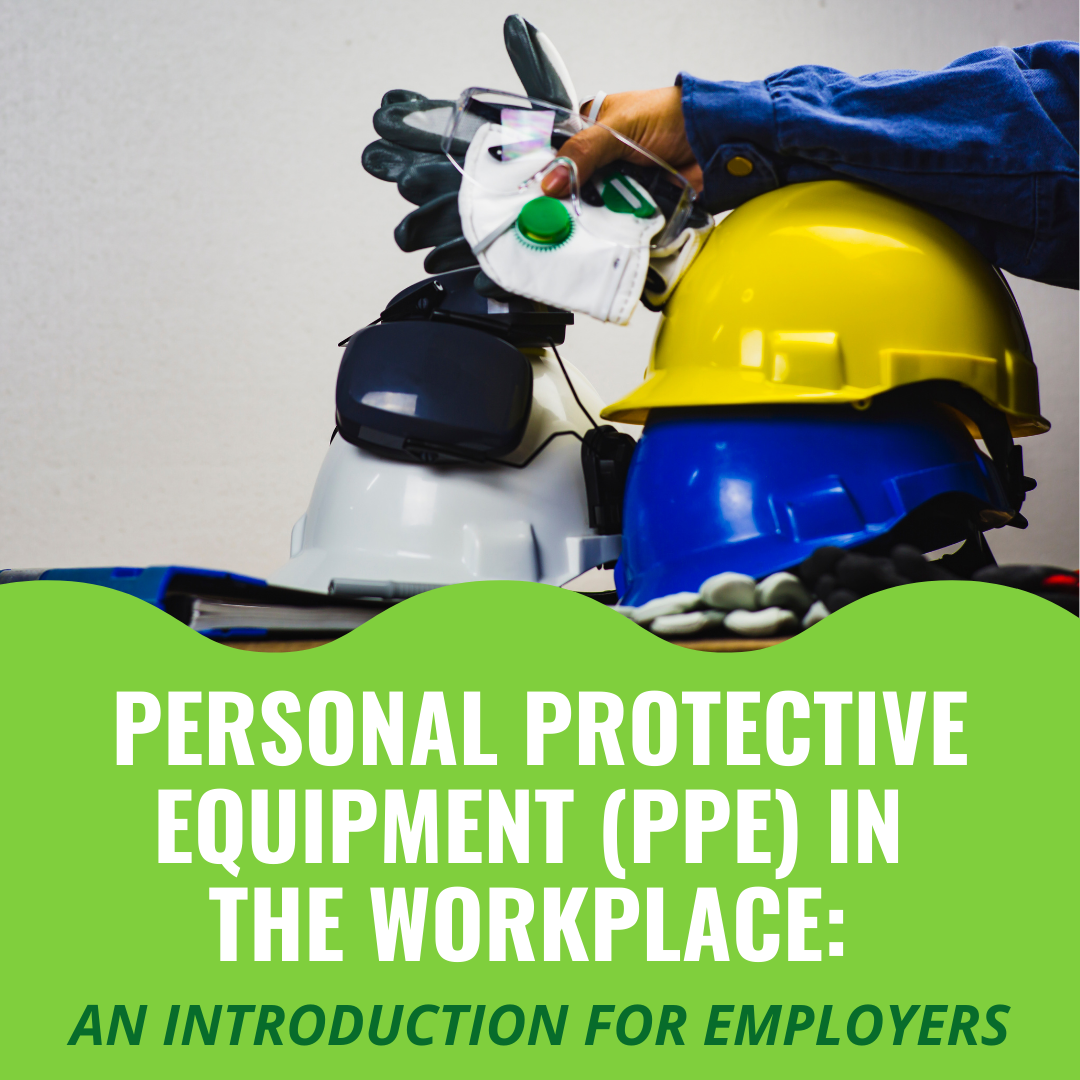We use cookies to make your experience better. To comply with the new e-Privacy directive, we need to ask for your consent to set the cookies. Learn more.
Personal Protective Equipment (PPE) in the Workplace: An Introduction for Employers
For industrial workers, personal protective equipment (PPE) isn’t optional. PPE in the workplace provides a crucial layer of protection from toxic substances and chemicals. Employers have a responsibility to provide appropriate PPE for the task at hand and provide workers with training.

If you’re purchasing PPE for the first time or updating your facility’s policies, this article will provide helpful tips for keeping workers protected. We’ll also address common questions regarding employer obligations (we’ll note here that OSHA requirements can vary by industry and state, so check with your state’s occupational health department for up-to-date guidance).
Looking for OSHA-compliant PPE for your workforce? Find PPE Kits and more at Solus Group.
When Should Workers Wear Personal Protective Equipment?
In short, workers should wear personal protective equipment when a task will increase the risk of injury, and wearing PPE would reduce that risk. Wherever possible, employers should mitigate the risk in other ways — the best course of action is to eliminate the hazard entirely. That’s not always possible; for example, if your facility has a forklift battery room, workers will need to water and wash batteries, so they’ll necessarily work with electrolyte solutions. In this case, battery room workers will need chemical-resistant PPE to reduce the hazards of battery acid.
OSHA 1910.132(d)(1) requires employers to conduct a hazard assessment to determine whether hazards are present or “are likely to be present.” This hazard assessment also determines the type(s) of personal protective equipment that will be necessary.
How Should Employers Conduct an OSHA Hazard Assessment?
OSHA guidelines provide general information about hazard assessments, but not much detail — the administration assumes that hazard assessments will be performed by a qualified individual. However, OSHA’s Recommended Practices for Safety and Health Programs provides a detailed guide for studying work practices, safety data sheets (SDS), and creating hazard assessment checklists.
As part of your hazard assessment, you’ll address and remove some hazards (for instance, you might reroute cables to prevent a slip-and-fall hazard). You’ll also build a list of necessary PPE. Per OSHA 1910.132, employers have an obligation to:
- Select PPE that properly fits “each affected employee.”
- Communicate with employees and inform them about PPE selection decisions.
- Train employees to recognize hazards and to wear PPE properly.
- Keep detailed documentation about hazard assessments, including the dates the assessments were performed.
We’ll address some of these points in the next sections of this article, but the documentation requirements are especially important. If a hazard assessment hasn’t been properly certified by the person performing the assessment, it’s not useful. Keep as many notes as possible. If your hazard assessment is thorough and well-documented, you’ll have an easier time demonstrating compliance.
Read More: Chemical PPE for the Workplace: Legal and Professional Requirements
Are Employees Required to Provide Their Own PPE?
No. Employers must provide all necessary personal protective equipment, with very few exceptions; in some industries, workers may provide their own non-specialty footwear (such as work boots), but generally, employers should assume that they’re responsible for PPE. You’ll also need to replace PPE as it becomes worn out or unsafe, though OSHA makes an exception if employees purposely damage equipment.
Consider storing PPE in an appropriate locker to provide secure access and to minimize lost equipment. The BHS PPE Storage Cart is a mobile unit with adjustable 12-gauge steel shelves, integrated fork pockets, and removable door slabs that open 180 degrees.
Read More: Industrial PPE: What Must Employers Provide?
What Should Employers Know About PPE Training?
It’s not enough to simply provide PPE in the workplace — employees must use the equipment consistently and wear it properly. Otherwise, you’re wasting your investment (and workers are taking serious risks).
OSHA 1910.132(d)(1) requires employer training addressing the following subjects:
- When PPE is necessary
- What PPE is necessary
- How to properly “don, doff, adjust, and wear" personal protective equipment
- The limitations of PPE
- The proper care, maintenance, disposal, and useful life of PPE
Once again, employers should keep thorough documentation of all training efforts. If the employer believes that employee doesn’t have a thorough understanding of personal protective equipment, that employee must undergo training again — and likewise, employees must retrain if the workplace changes significantly, rendering the earlier training obsolete. Additional training requirements can be found in the full text of OSHA 1910.132.
Does PPE Provide Protection Against All Types of Hazards?
No. PPE in the workplace is a last line of defense against chemical, biological, and toxic materials, and some PPE can also provide a layer of protection against physical injuries, but equipment is not an effective replacement for safe work practices.
Employers should attempt to eliminate any unnecessary dangerous activities and should have an established process to allow workers to report new hazards. Employees should understand the limitations of PPE and not depend on equipment alone to work safely.
What Other OSHA Standards Apply to Personal Protective Equipment?
Personal protective equipment requirements vary by industry. Part 1910 covers general industry, including retail, warehousing, manufacturing, and most other workplaces, while standards for maritime, agricultural, and construction industries have separate requirements.
- The standards for agricultural workplaces are in part 1928.
- For the construction industry, part 1926 lists applicable regulations.
- Standards for the maritime industry are listed in part 1915 and parts 1917, 1918, and 1919.
- Industrial battery rooms must comply with OSHA 133(a)(1) and 1910.132.
Again, employers should check with their state occupational health offices for additional relevant regulations. Solus Group offers a variety of chemical PPE kits intended for compliance with OSHA and National Fire Protection Association (NFPA) standards. Review options and replenish your supplies here.
Read More: OSHA PPE Standards for the Construction Industry
Read More: Battery PPE for Changing, Charging, Washing, and Watering
